The transformed nature of modern warfare is starkly evident to a weary Ukrainian platoon commander, medically evacuated from the front lines.
The skies above Ukraine now swarm with kamikaze, surveillance, bomber, and anti-drone UAVs.
These numerous, cheap, and deadly machines are considered by Kyiv to be a primary reason Ukraine can withstand advancing Russian forces this year and beyond, a view shared by a dozen Ukrainian commanders, officials, and arms manufacturers.
So pervasive are these remotely piloted unmanned aerial vehicles that Ukrainian soldiers refer to the roughly 10-kilometre corridor on either side of the contact line as the “kill zone,” where targets are swiftly spotted and neutralised by both sides.
The war’s evolution into the most drone-intensive conflict ever seen has eaten away at Russia’s ability to exploit its traditional advantages in troop numbers, artillery and tanks, according to two Ukrainian battlefield commanders interviewed.

Any large vehicle operating near the front is now an obvious target, meaning Russian forces can no longer make the kind of rapid advances they did in 2022 with columns of armoured vehicles, according to the commanders as well as the founder of OCHI, a system which centralises video feeds from over 15,000 Ukrainian military drone crews on the front lines.
“The enemy sees you completely,” OCHI’s Oleksandr Dmitriev added. “No matter where you go or what you are driving.”
Russia has consequently adapted its tactics, the Ukrainian battlefield commanders said; its forces now typically attack in small groups of five or six – on foot or on motorbikes or quad bikes – in an attempt expose Ukrainian positions by drawing their fire and then launching drone strikes at them, they added.
Russia’s defence ministry didn’t respond to a request for comment on this article.
Despite the changes in warfare, Russian forces retain the ascendancy and are making slow but steady advances in the east and north of Ukraine. Russia has also caught up in UAV technology after falling behind early in the war, according to military analysts, and like its enemy is churning out drones domestically at a rate of millions a year.
Meanwhile, European leaders are trying to parse President Donald Trump’s announcement this week that America would supply arms to Ukraine via NATO, with Europe picking up the bill. Many details remain unclear, including the types and quantity of weapons, how quickly they would be sent and precisely how they would be paid for, U.S. and European officials said this week.
The White House didn’t respond to queries on the supply plan. Spokeswoman Anna Kelly said the war had gone on too long and Trump wanted to end the killing, and so is selling U.S. arms to NATO for Ukraine and threatening hefty sanctions on Russia.
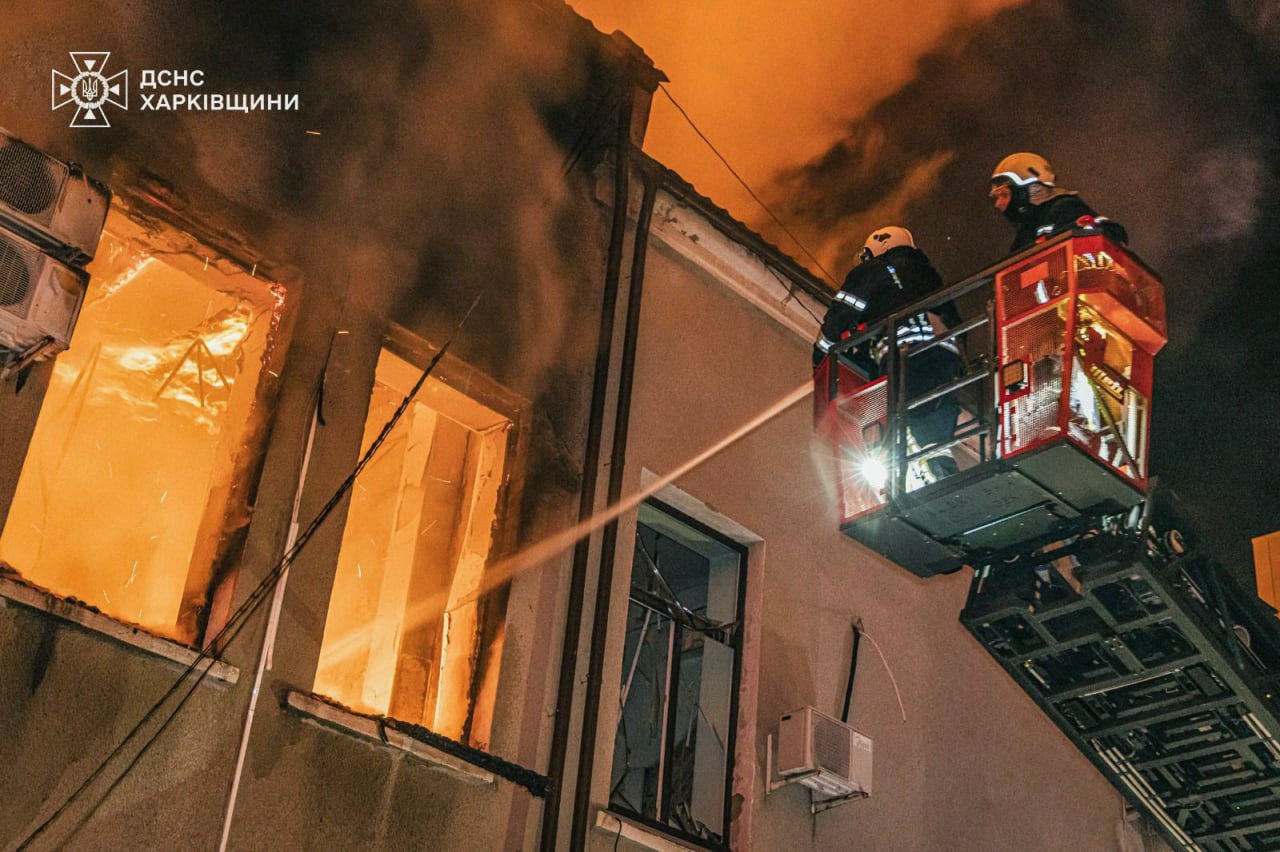
The people interviewed for this article, who were speaking before Trump’s weapons announcement, said they believed Ukraine could fight on and resist Russia even if no more U.S. aid was forthcoming, though they didn’t give precise timelines.
Many cited the primacy of drones as having levelled the field to some degree and made Ukraine more self-sufficient, and also pointed to growing military supplies from European allies.
“We can hold out for months,” said Oleksandr Kamyshin, Ukrainian President Volodymyr Zelenskiy’s arms expert and strategic adviser, when asked about what would happen if U.S. weapons supplies ceased. “In 2023 or 2024, it would have been a lot worse; we would be talking about days or weeks.”
Polish military analyst Konrad Muzyka, who has made numerous visits to the front lines, said Ukraine’s focus was to sap the strength of Russian attacks, adding that Kyiv didn’t currently have the capability to launch offensives of its own.
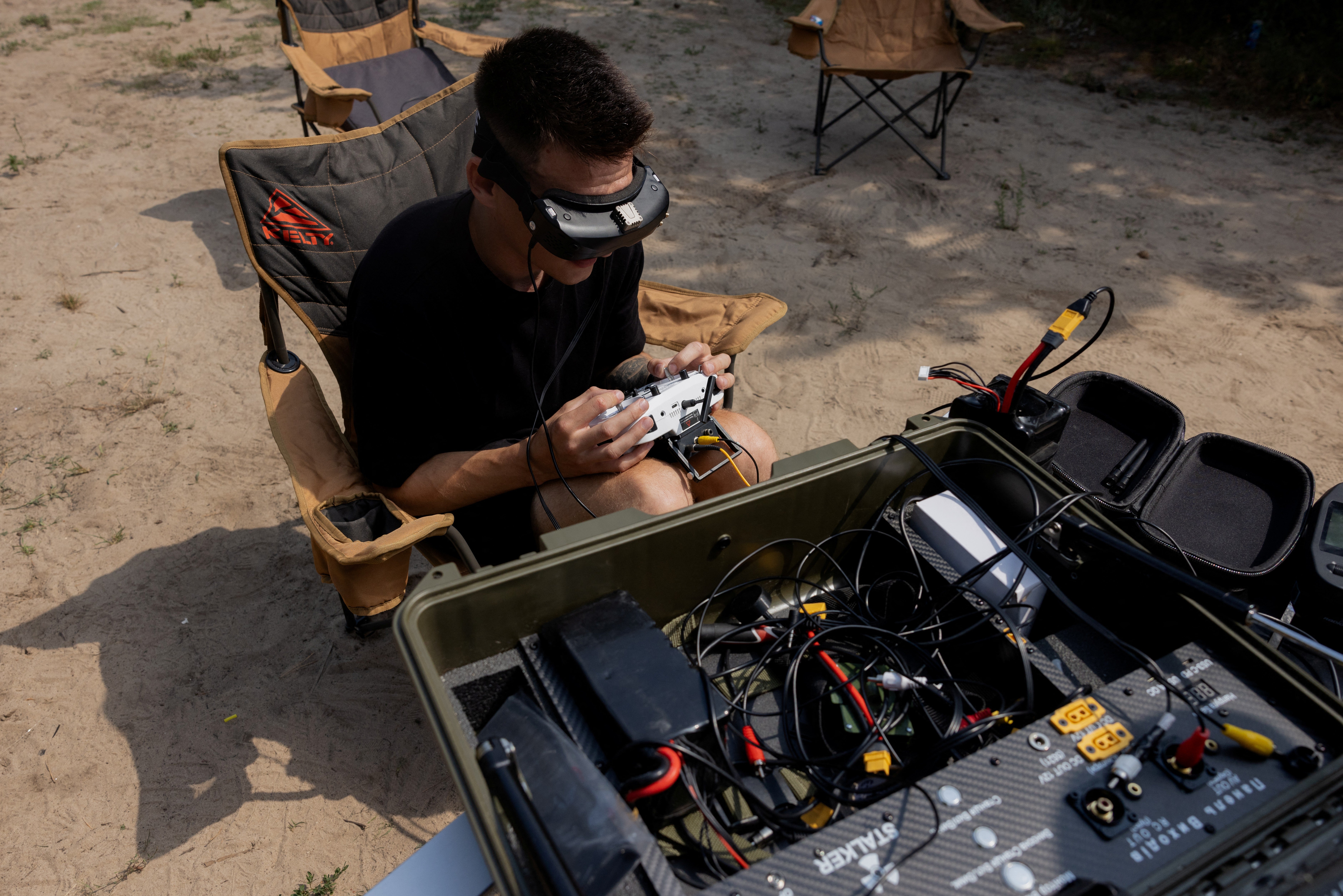
He said Ukraine would likely struggle in a long war of attrition due to its manpower shortages and Russia’s superior resources. Although drones have changed the battlefield, he cautioned against overstating their ability to make up for an absence of artillery and mortars.
“To deliver the amount of damage that an artillery shell does to a target, you would need to launch tens of drones,” he added. “Drones can fill in the gaps to some extent and give you some breathing space, but they are not a substitute for artillery.”
Destruction rains from above
Drones are demons, at least for those in the kill zone that straddles the 1,000 km line of contact.
Reconnaissance UAVs from both sides – resembling shrunken airplanes, made of plastic or styrofoam and equipped with sophisticated cameras – can spot enemies from several kilometres away. They hover over the front lines, relaying back what they see in real time.
They find targets for the fleets of bomber drones – often hexacopters the size of coffee tables that can drop precision grenades with 3D-printed tailfins – as well as kamikaze drones, some with RPG warheads strapped on to pierce armour, which can fly into soldiers, tanks and weapons systems.
The platoon commander being evacuated from the front, a 35-year-old called Ivan who goes by the call sign “Atom”, said soldiers on both sides now saw UAVs as the biggest threat to their lives, replacing shells, mines and enemy fighters which were the primary perils earlier in the war.
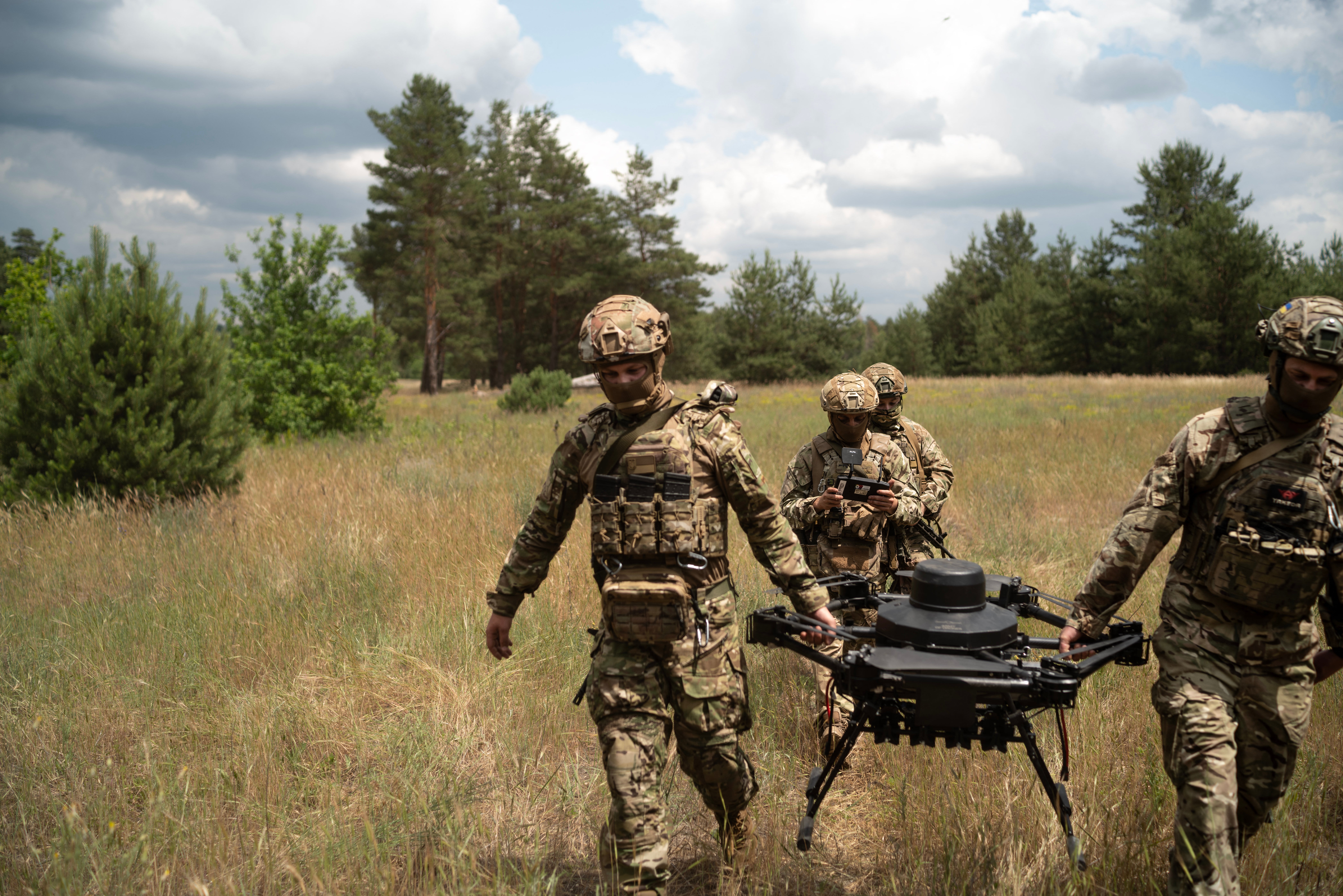
A medic with him on the bus, 34-year-old Olga Kozum, concurred: Most of the battlefield injuries she and her colleagues treat are caused by UAVs, she said.
According to internal Ukrainian estimates seen by Reuters, drones accounted for 69% of strikes on Russian troops and 75% of strikes on vehicles and equipment in 2024. About 18% of strikes on Russian infantry and 15% of strikes on vehicles and equipment were conducted with artillery, and even less with mortars, according to the same estimates.
The wartime UAV arms race has spawned many innovations; both sides are deploying short-range, fibre-optic drones that cannot be electronically jammed, as well as “interceptors” that hunt down and destroy enemy reconnaissance and attack drones.
Kyiv’s planned production this year of 30,000 long-range UAVs, designed to attack targets deep inside Russia such as arms depots and energy facilities, gives Ukraine an increased offensive threat, according to Vadym Sukharevskyi, commander of the country’s drone forces until early June.
The average cost of a long-range strike drone ranges from $50,000 to $300,000, about 10 times less than a missile of similar range, although a drone’s warhead is smaller, Sukharevskyi said in an interview while still in the post.
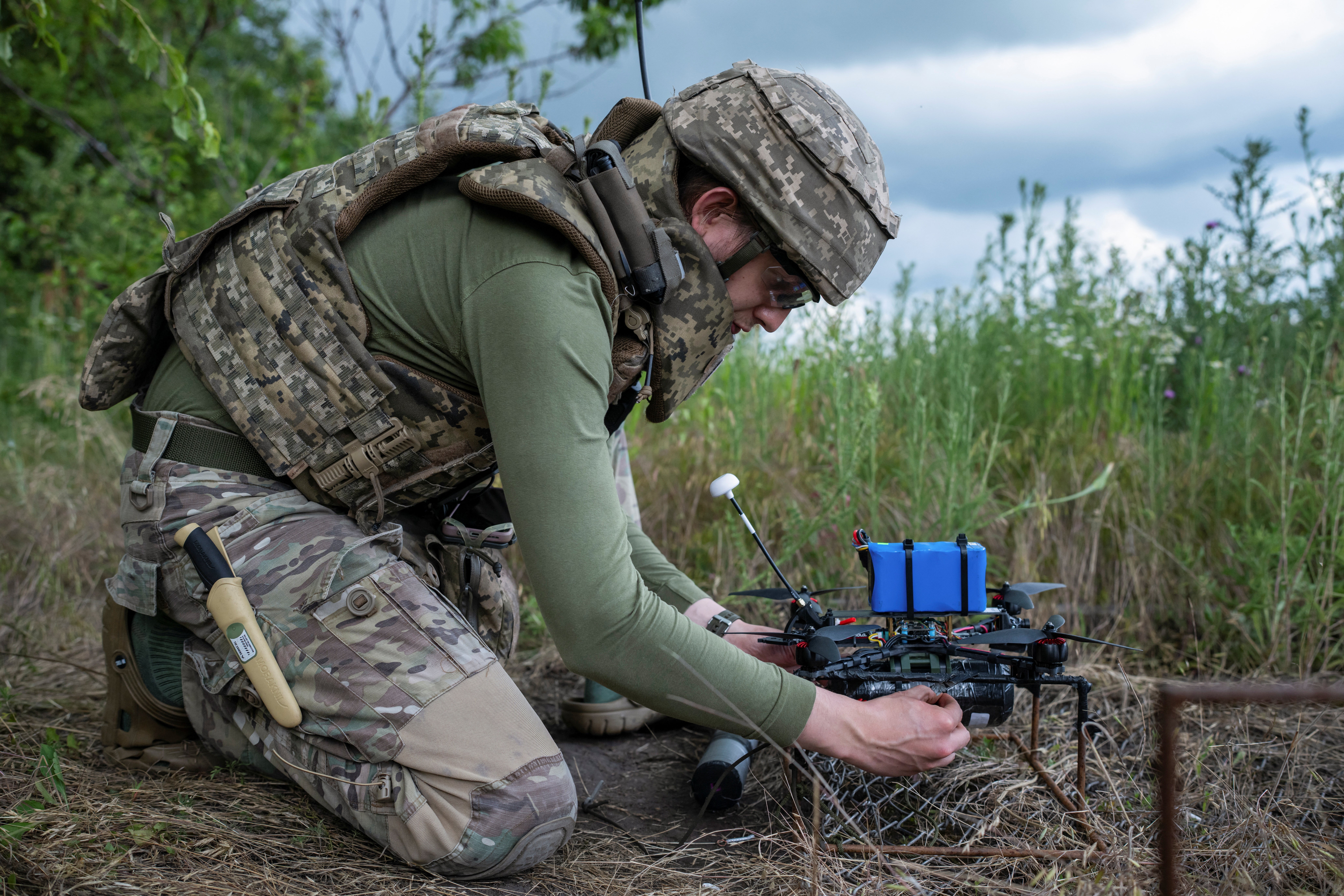
“This is our asymmetrical answer,” he said, adding that Ukraine started developing such drones “precisely because we lack missiles”.
Kamyshin, President Zelensky’s adviser, added: “You can’t win a big war if you are only defending.” Long-range drone strikes are “one of the main cards Ukraine can play against Russia right now”.
Wanted: U.S. patriots and intel
Ukraine’s military-industrial base is expanding rapidly, and now accounts for around 40% of the weapons and equipment used, including drones, according to Zelensky, who on Wednesday set out a target to reach 50% in six months.
Kyiv has also sought to diversify its supplies and its European allies are providing growing amounts of munitions, potentially making the country more resilient to geopolitical shocks.
The Kiel Institute, a German-based economic research group, estimated in a report last month that Europe had surpassed the U.S. in total military aid provided over the course of the war for the first time since June 2022, reaching 72 billion euros compared with 65 billion euros from Washington.
The institute said aid flows to Ukraine shifted significantly in March and April as no new U.S. aid was allocated and European countries upped support.
While the U.S. has been – and remains – the largest sole supplier of artillery shells to Ukraine during the war, Europe is expanding capacity and has purchased hundreds of thousands of munitions from within and outside the continent.
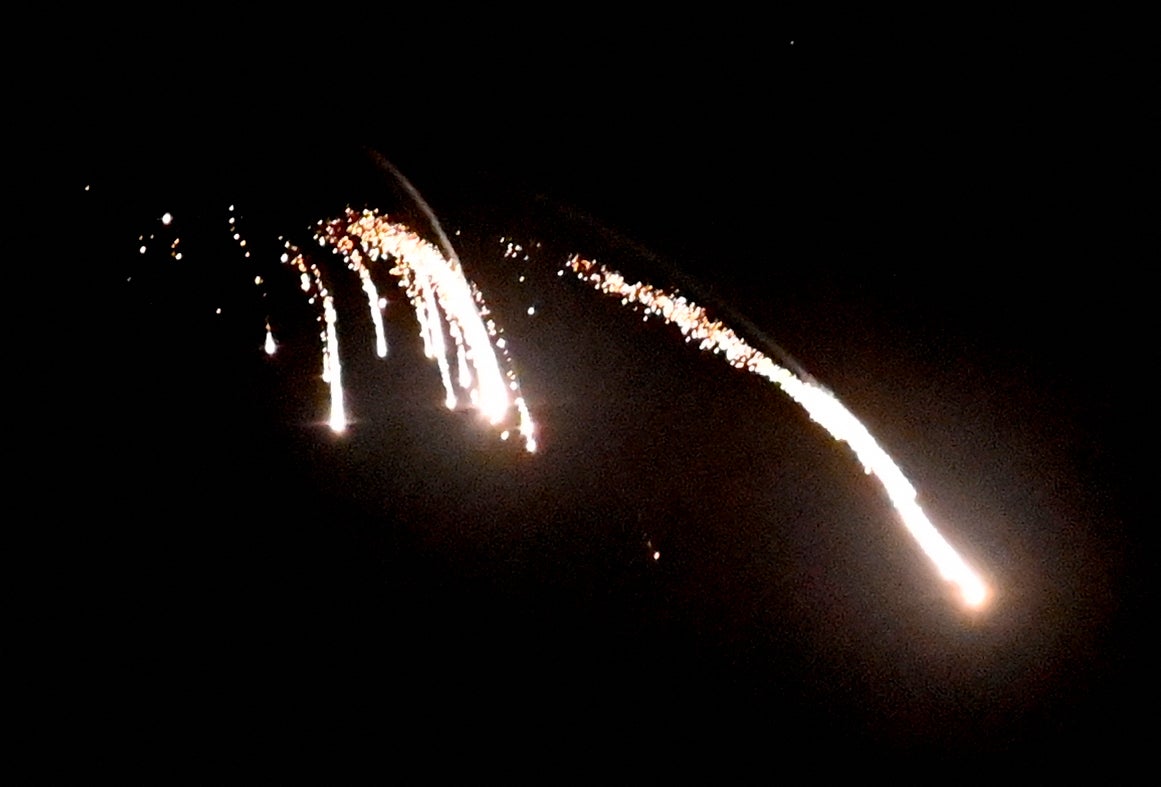
Of around 420,000 artillery shells received by Ukraine from the start of this year until around mid-May, only 160,000 were from the United States, according to a European security source who requested anonymity to discuss confidential matters.
Kamyshin said Ukraine made around 2.4 million of its own shells in 2024, although these were mostly for mortars, which are shorter range.
Ukraine is nonetheless particularly reliant on the U.S. in the areas of air defences and intelligence sharing, military analysts said.
Kyiv particularly covets U.S. Patriot air defence systems, capable of intercepting ballistic missiles that Russia is firing with increasing frequency. As of April this year, Ukraine had seven fully operational systems, well short of the 25 that Zelenskiy has requested, according to analysts at Ukrainian publication Defence Express.
Long-range drone and missile attacks often rely on U.S. satellite intelligence. European countries can only go a small way to replacing were the United States to stop sharing it, the European Union Institute for Security Studies said.



